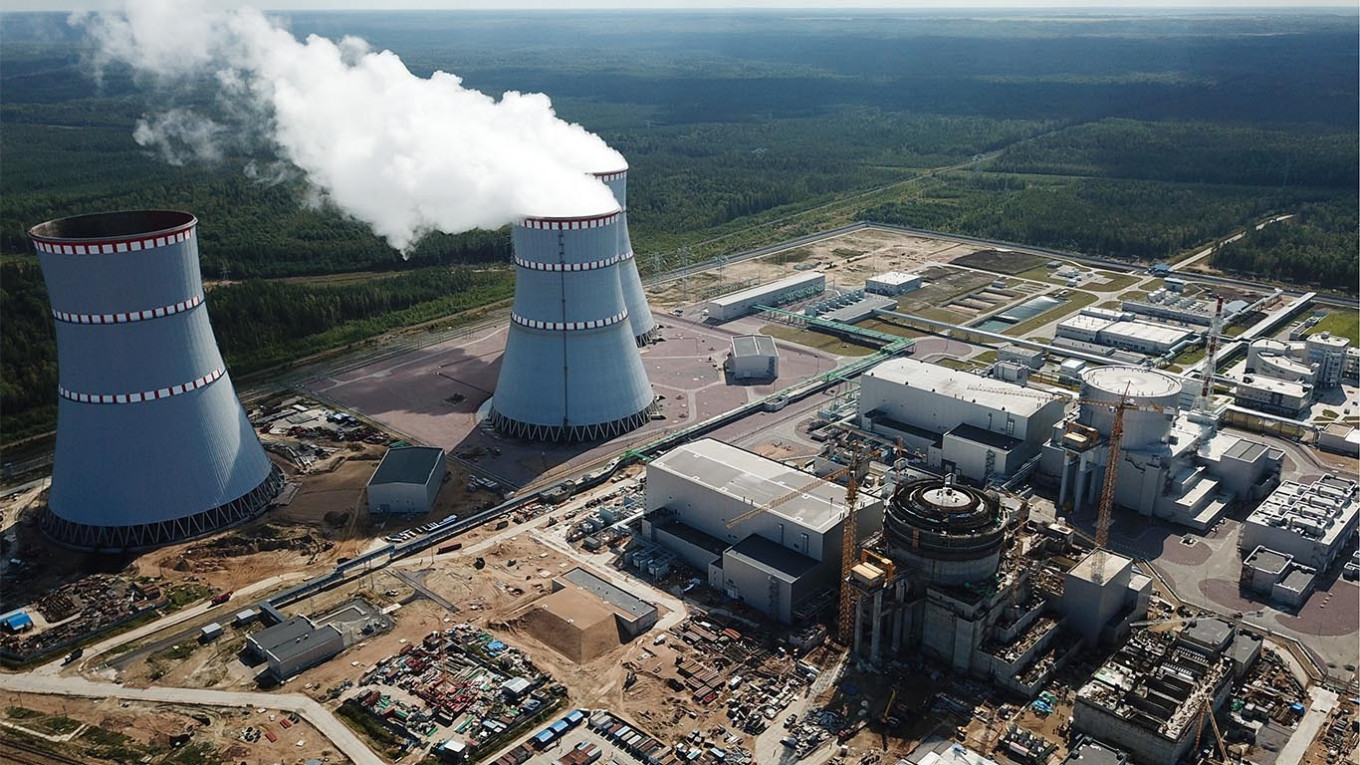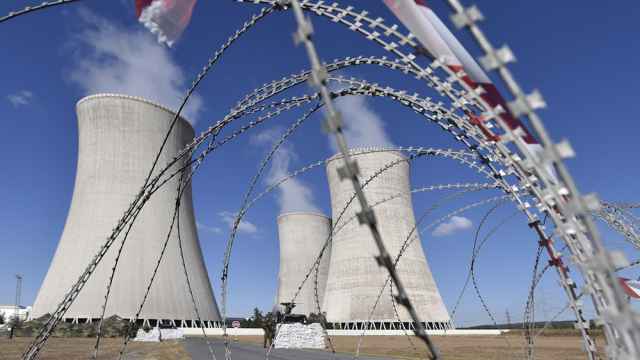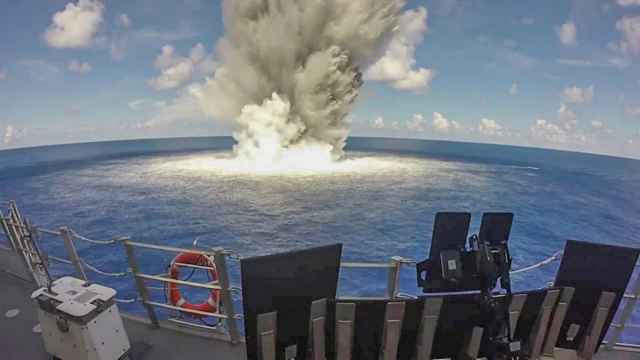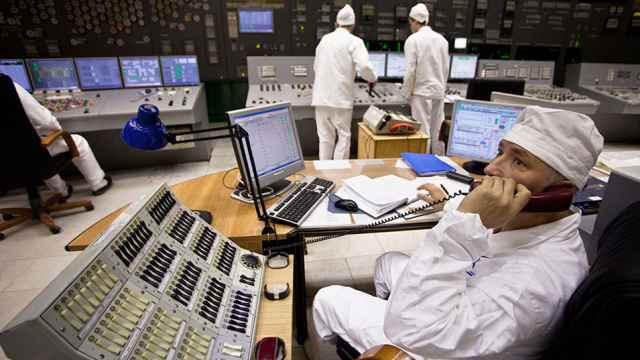A slight increase in radioactivity over Scandinavia this month may have spread from the direction of western Russia, Dutch authorities said, but later stressed that they have not identified a country of origin.
The Associated Press cited the Netherlands National Institute for Public Health (RIVM) as saying Friday that the spike could be traced to Russia. Russian nuclear operators deny the claims, and Swedish, Norwegian and Finnish authorities did not speculate about the source of the radiation.
Radiation-monitoring sensors in northern Europe said last week that they recorded higher-than-normal amounts of radioactive isotopes that are harmless to humans and the environment.
“The calculations indicate that the nuclides come from the direction of western Russia. Determining a more specific source location is not possible with the limited data available,” RIVM said.
RIVM said that the man-made radionuclides’ composition may reflect “an anomaly in the fuel elements of a nuclear power plant.”
In an English-language statement published Sunday, the agency said its initial Dutch-language update that the radiation originated in western Russia may have been “mistranslated.”
“The claim RIVM makes is that the radionuclides traveled from the direction of western Russia to Scandinavia, but that no specific country of origin can be pointed out at this moment,” it said.
Two nuclear power plants in northwestern Russia are operating as normal, according to Rosenergoatom, the electric power unit of state nuclear corporation Rosatom.
“Radiation levels at both NPPs and surrounding areas remained unchanged in June, and no changes are also observed at present,” the state-run TASS news agency quoted an unnamed Rosenergoatom spokesperson as saying Saturday.
“No incidents related to release of radionuclide outside containment structures have been reported,” Rosenergoatom said, referring to the Leningrad plant near St. Petersburg and the Kola plant near the Arctic city of Murmansk.
Ten nuclear plants currently operate in Russia.
A Message from The Moscow Times:
Dear readers,
We are facing unprecedented challenges. Russia's Prosecutor General's Office has designated The Moscow Times as an "undesirable" organization, criminalizing our work and putting our staff at risk of prosecution. This follows our earlier unjust labeling as a "foreign agent."
These actions are direct attempts to silence independent journalism in Russia. The authorities claim our work "discredits the decisions of the Russian leadership." We see things differently: we strive to provide accurate, unbiased reporting on Russia.
We, the journalists of The Moscow Times, refuse to be silenced. But to continue our work, we need your help.
Your support, no matter how small, makes a world of difference. If you can, please support us monthly starting from just $2. It's quick to set up, and every contribution makes a significant impact.
By supporting The Moscow Times, you're defending open, independent journalism in the face of repression. Thank you for standing with us.
Remind me later.






